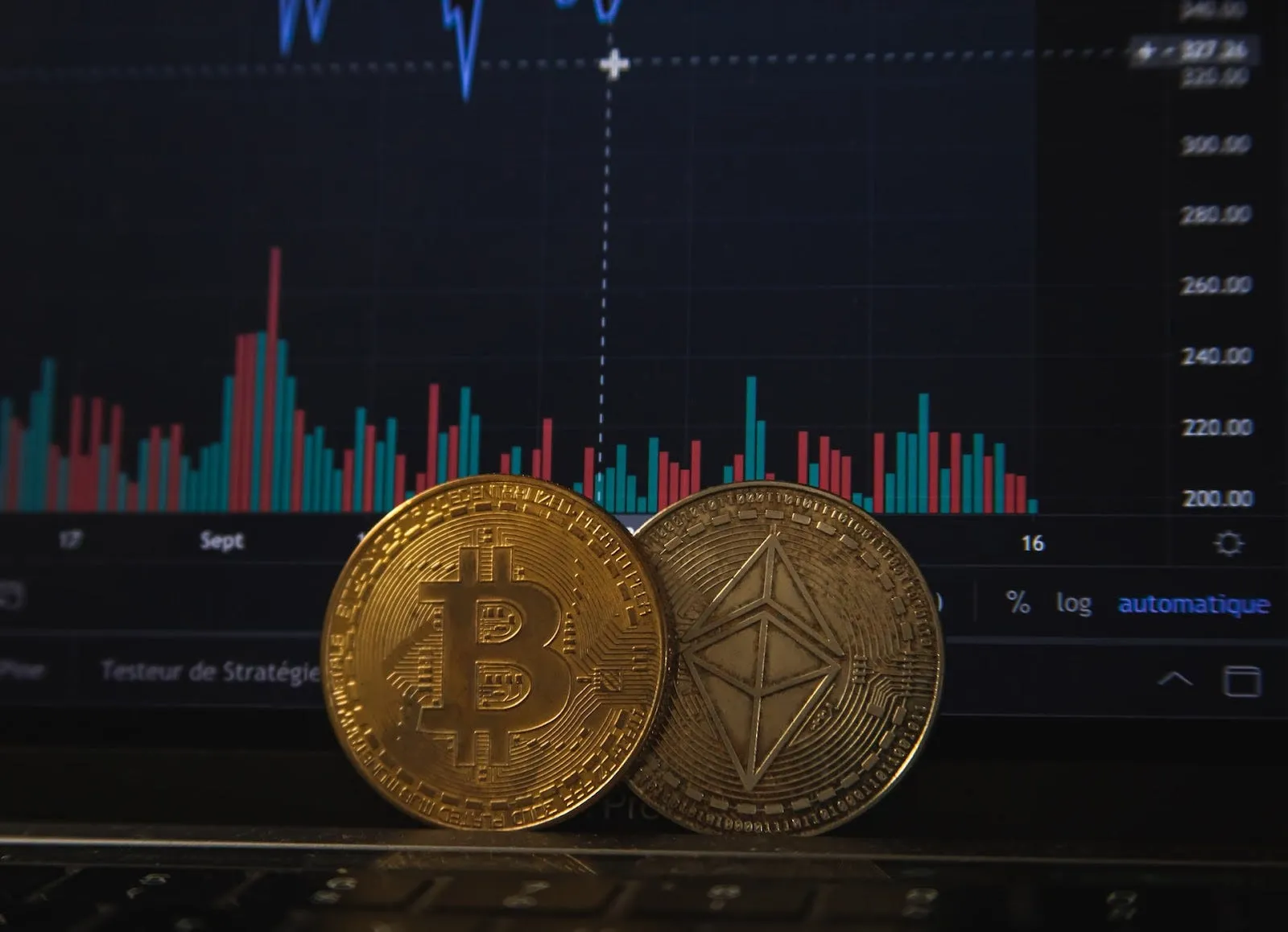
By 2028, it's estimated that the market size of Web3 will exceed $12.5 billion. The potential in this area means that the demand for experts in Web3 technologies is going to skyrocket. If you want to make your skills attractive to employers, you'll need to get on the Web3 bandwagon.
The 10 Most In-Demand Web3 Technologies in 2023
If you're looking to stay ahead of the game, it's important to start learning the top 10 Web3 technologies to master in the next decade.
To get you started, here are the essentials.
1. Blockchain Technology
Blockchain is the most well-known aspect of Web3, as it's the technology behind Bitcoin and other cryptocurrencies. However, you can use blockchain for everything from accounting to data storage to communications. It's a decentralized digital ledger that's difficult to hack.
If you're under the misconception that the blockchain is impossible to breach, you still have a lot to learn about this technology. A blockchain programming bootcamp can help fill in the gaps. If you build your knowledge base now, you'll be more prepared for blockchain's widespread use.
2. Smart Contracts
Smart contracts are pieces of code that execute and perform actions that are necessary to complete a contractual agreement. To program smart contracts, you'll need to learn Solidity and be familiar with the Ethereum blockchain, as it was the first place smart contracts appeared.
3. IoT (Internet of Things)
The Internet of Things (IoT) connects everyday objects such as lights, sensors, cars, and more to the internet, allowing them to exchange data and perform actions. This technology is already being deployed in a variety of industries, including healthcare, transportation, and finance.
When IoT and blockchain are used in tandem, they can protect organizations and individuals from multiple forms of harm. Blockchain can be used to safeguard IoT devices against cyberattacks by using security measures, such as firm smart contracts and immutability.
4. Cloud Computing
Cloud computing is all about providing services like data storage and computing resources remotely via the internet. Due to its flexibility and reliability, businesses increasingly rely on cloud computing for their daily operations, making it an important technology to learn in 2023.
5. Edge Computing
The "edge" refers to devices at or near the physical location of either the source of the data or the user. While edge computing is often confused with cloud computing, it's actually something completely different. Edge computing is the act of running workloads on edge devices.
You can think of edge computing as an upgrade to cloud computing, as it offers a more efficient way to process and analyze data. While cloud and edge will both be used in Web3, edge is necessary for compressing large amounts of data to make it compute or load faster.
6. Artificial Intelligence (AI)
AI is the technology behind automated systems. It can perform tasks that would be difficult or impossible for humans to do, such as interpreting large volumes of data. AI is going to play a massive part in our day-to-day lives and will be included in most, if not all, Web3 technology.
7. Machine Learning
Machine learning is a subset of AI, allowing computers to recognize patterns in data and learn from the results. It includes the use of neural networks, techniques, and algorithms that are used to improve the accuracy of automated systems, which in turn, makes these systems better.
Skilled machine-learning professionals are in high demand for tasks like image processing, data analysis, and more. It won't be enough to simply understand AI and use it in applications. You'll need to know how machine learning techniques increase the usefulness of AI and VI.
8. GraphQL
GraphQL provides a unified interface of open-source APIs that can query multiple blockchains at once. It's a more scalable architecture and gives ample control to the client. It's used in multiple blockchain-specific innovations and helps make the development of dApps easier.
9. Decentralized Finance (DeFi)
DeFi is another popular buzzword that anyone semi-interested in Web3 would have heard. DeFi seeks to revolutionize how we purchase products and services. Since DeFi is powered by smart contracts, businesses, as well as individuals, can complete transactions without a third party.
Web3 and blockchain were made famous by DeFi, and it's clear that a token-based economy is going to be the way of the future. Why? Because DeFi transactions are completed through algorithms that are trackable, transparent, and secured across the entire blockchain network.
10. Non-Fungible Tokens (NFTs)
An NFT is a unique token that contains information that's only accessible to the owner of the NFT. They can represent assets, such as music, art, and game items. NFTs are bound to become more popular and useful as more and more video games start using this tech.
Conclusion
By 2023, the demand for Web3 professionals will likely reach an all-time high. But if you learn a few of these top 10 Web3 technologies to master in 2023, you'll be prepared for the full switch from Web2. Stay ahead of the competition and start mastering these technologies right away!
